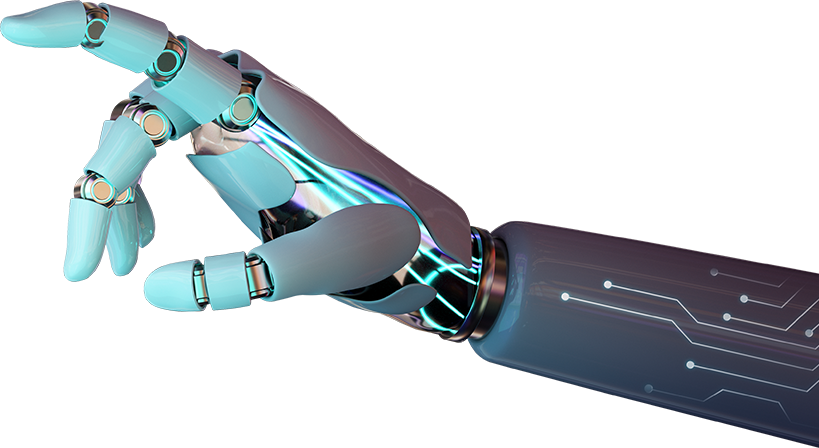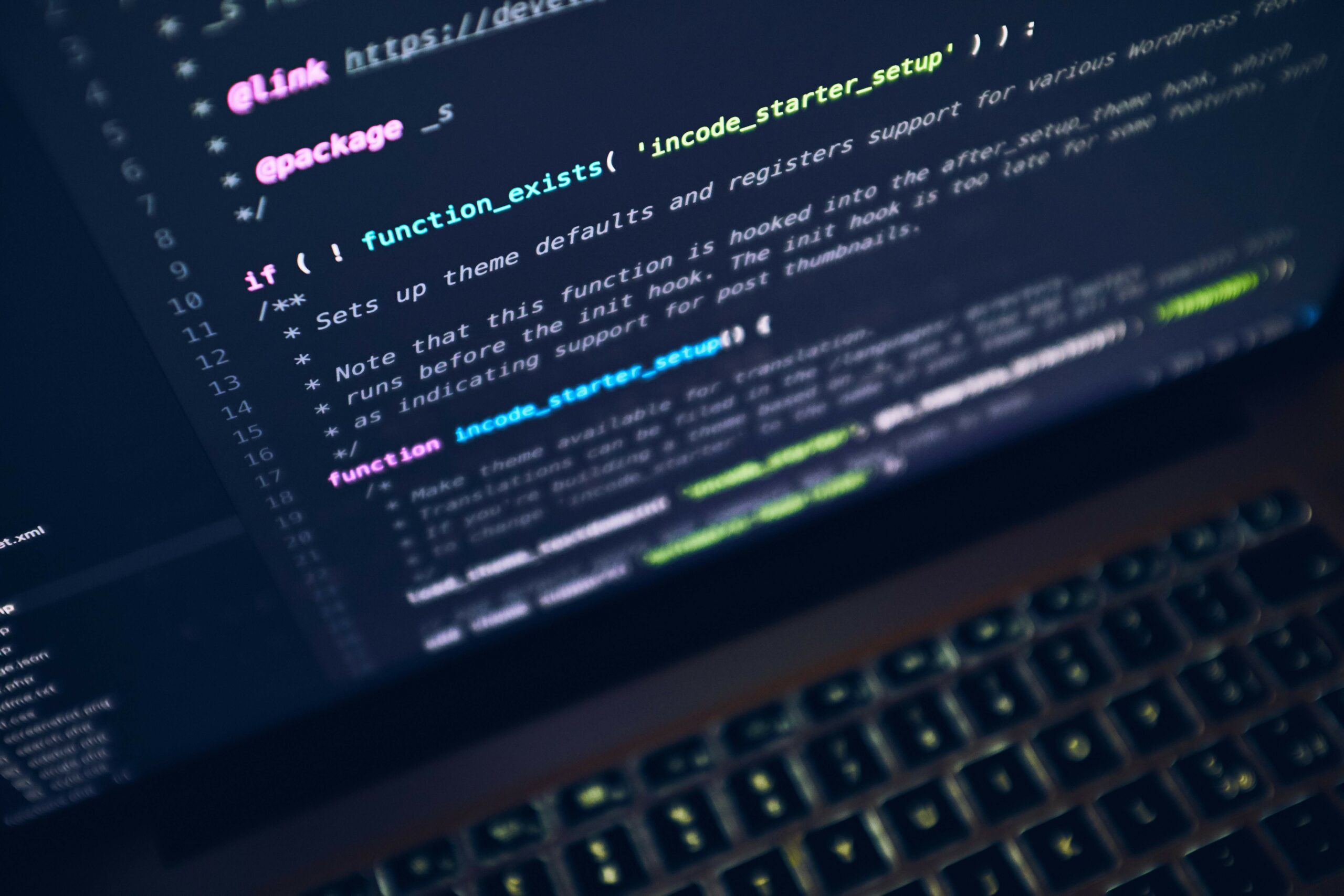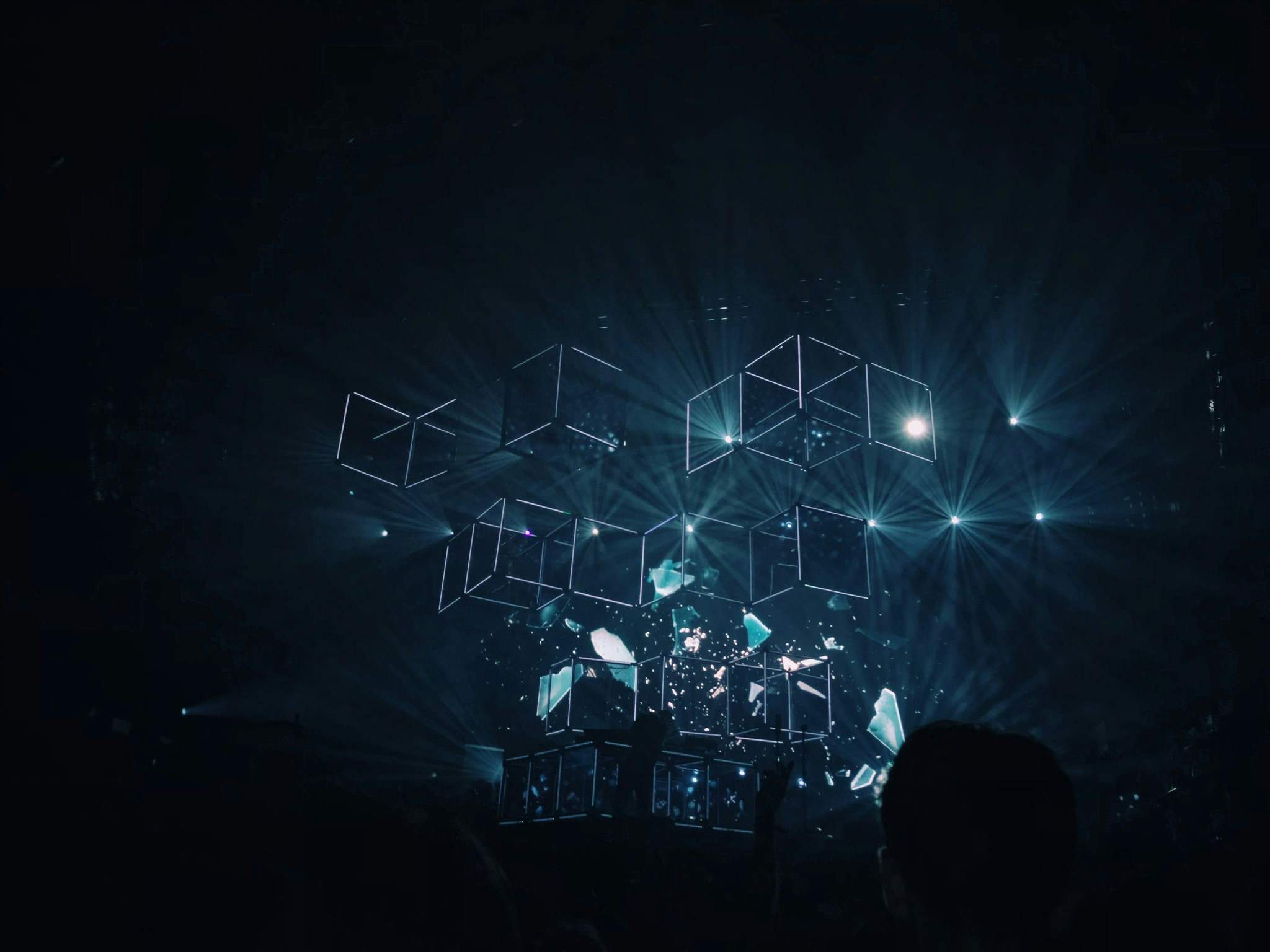In 2024, technology races ahead, reshaping how we see the world. Developers crave efficiency and precision. The right tools? Essential. As AI and machine learning evolve, choosing the best fit for object detection becomes crucial. Dive into this exploration to discover the top frameworks that could transform your projects and keep you ahead of the curve.
Table of contents
ToggleUnderstanding object detection frameworks
Object detection frameworks empower systems to identify and classify objects within images. Key elements include:
- Algorithm efficiency
- Data processing speed
- Model accuracy
- Scalability
- Integration capabilities
Understanding these frameworks involves training algorithms to identify items effectively, ensuring optimal performance across diverse applications.
The evolution of object detection
- Initial models relied heavily on handcrafted features.
- Deep learning revolutionised detection with CNNs.
- Real-time detection improved with YOLO’s development.
- Integration of AI enhanced accuracy and adaptability.
Object detection has transformed significantly. From basic algorithms to advanced AI, frameworks now offer real-time capabilities and improved accuracy. With innovations like CNNs, the industry witnessed a leap in technology, setting the stage for future advancements.
Key features to consider in 2024
In 2024, selecting the right object detection framework involves evaluating several crucial features. These aspects ensure optimal performance and adaptability in diverse applications.
- Real-time processing capabilities
- Accuracy in varied conditions
- Scalability for large datasets
- Support for transfer learning
- Integration ease with existing systems
- Community and documentation support
Understanding these features aids in choosing a framework that excels in both precision and utility. Emphasising critical aspects of boundary detection enhances decision-making in complex scenarios.
Top 5 object detection frameworks for 2024
Object detection frameworks have advanced significantly, offering robust solutions in 2024. The top five frameworks stand out for their unique capabilities and applications:
- TensorFlow Object Detection API: Provides a flexible architecture with pre-trained models.
- YOLO: Known for its real-time processing speed and accuracy.
- Detectron2: Offers modularity and high customisation for research.
- OpenCV DNN: Efficient for edge devices with low resource consumption.
- MMDetection: Integrates various detection algorithms seamlessly.
These frameworks cater to diverse industry needs, from autonomous vehicles to smart surveillance systems.
Framework 1: TensorFlow Object Detection API
The TensorFlow Object Detection API offers robust tools for developing custom object detection models. It supports both deep learning and machine learning algorithms, providing flexibility and precision. With pre-trained models like SSD and Faster R-CNN, developers can streamline the process. Its integration with TensorFlow 2. X enhances performance, while the API’s scalability suits enterprise needs. Ideal for real-time detection applications, it provides a comprehensive framework that remains a favourite among tech professionals.
Framework 2: YOLO (You Only Look Once)
YOLO, abréviation de You Only Look Once, se distingue par sa rapidité et son efficacité dans l’identification d’objets en temps réel. Conçu pour une exécution rapide sur des dispositifs limités en ressources, il offre une balance idéale entre précision et performance. L’approche de YOLO permet de traiter les images en une seule passe, ce qui réduit la latence. En 2024, sa capacité à s’intégrer facilement avec d’autres technologies et frameworks le rendra indispensable pour les développeurs cherchant une solution agile et performante.
Framework 3: Detectron2
Detectron2, développé par Facebook AI Research, offre une architecture flexible pour l’object detection. Il prend en charge divers modèles comme Faster R-CNN et Mask R-CNN. Préféré pour sa modularité, il permet une personnalisation avancée. Grâce à sa compatibilité avec PyTorch, il assure une intégration aisée dans des projets existants. Detectron2, avec ses capacités d’entraînement sur des ensembles de données volumineux, fournit des résultats précis et rapides.
Framework 4: OpenCV DNN
OpenCV DNN offers a robust solution for object detection, utilising deep neural networks for high-speed performance. It supports various pre-trained models, ensuring compatibility with multiple frameworks. Its lightweight architecture makes it ideal for applications on devices with limited computational resources.
Framework 5: MMDetection
MMDetection, développé par OpenMMLab, offre une solution modulaire pour l’object detection. Il prend en charge une multitude de modèles pré-entraînés, facilitant la personnalisation. En 2024, il se distingue par son efficacité et sa capacité d’extension, idéale pour les entreprises cherchant à intégrer l’IA de manière flexible. Son interface conviviale permet aux développeurs de tester rapidement différentes configurations pour optimiser leurs systèmes.
Comparative analysis of frameworks
| Framework | Performance | Accuracy | Ease of Use |
|---|---|---|---|
| TensorFlow API | High | Excellent | Moderate |
| YOLO | Very High | Good | Easy |
| Detectron2 | Moderate | Very High | Complex |
| OpenCV DNN | Moderate | Moderate | Easy |
| MMDetection | High | Excellent | Complex |
Understanding these frameworks aids in selecting the best fit for projects. Performance and accuracy remain crucial. Ease of use impacts development speed.
Performance and accuracy metrics
Performance and accuracy serve as critical metrics in evaluating object detection frameworks. TensorFlow excels in precision, while YOLO offers high-speed detection. Each framework’s trade-offs depend on specific requirements, such as latency tolerance and computational resources.
Ease of integration and use
Ease of integration and use remains crucial when selecting an object detection framework. Here’s a comparative look:
| Framework | Integration Simplicity | User-Friendly |
|---|---|---|
| TensorFlow Object Detection API | Moderate | High |
| YOLO | High | Moderate |
| Detectron2 | Moderate | Moderate |
| OpenCV DNN | High | High |
Professionals often seek strategies from experts to tackle challenges in integration. Choosing the right framework ensures smooth implementation in tech environments.
Application of object detection frameworks
- Retail uses object detection frameworks to monitor inventory.
- Healthcare applies them for real-time diagnosis support.
- Automotive industry enhances autonomous vehicle navigation.
- Security systems improve threat detection accuracy.
- Agriculture optimises crop management with AI-driven insights.
Object detection frameworks transform industries by enhancing efficiency and precision. From retail to healthcare, they empower sectors to harness AI’s potential. Industry-specific applications showcase their versatility and adaptability, driving innovation and competitive advantage.
Real-world case studies
In 2024, object detection frameworks revolutionise industries through concrete applications. Consider a retail giant employing TensorFlow Object Detection API to enhance inventory management. Cameras, integrated with AI, track stock levels in real time, optimising restock processes. Similarly, autonomous vehicles utilise YOLO for pedestrian detection, ensuring safety and precision. Healthcare sees Detectron2 in action, identifying anomalies in medical imaging, boosting diagnostic accuracy. These real-world applications underscore the transformative potential of object detection technologies in diverse fields. insightful examples and case analyses reveal the frameworks’ adaptability to various sectors.
Industry-specific applications
Object detection frameworks find varied applications across industries. In healthcare, they assist in tumour detection through medical imaging. The automotive sector uses these frameworks for advanced driver-assistance systems. In retail, they enhance inventory management by tracking products in real-time. Security systems benefit by identifying unauthorised access. Each industry leverages specific features for tailored solutions, demonstrating the versatility of these technologies.
Future trends in object detection
In 2024, AI advancements transform object detection. Quantum computing enhances processing power. Edge AI offers faster, real-time analysis. Self-supervised learning reduces data dependency. 3D object detection becomes mainstream, improving spatial awareness. These trends reshape technology, offering unprecedented accuracy and efficiency.
Innovations to watch in 2024
Object detection frameworks in 2024 will see groundbreaking innovations, including enhanced AI-driven models. These advancements promise faster processing times and superior accuracy, especially in edge computing environments. Real-time detection and integration with augmented reality will transform industry applications, offering developers unprecedented capabilities.
The impact of AI advancements on object detection
AI advancements revolutionise object detection by enhancing model precision and speed. Breakthroughs in deep learning enable real-time processing of complex scenes. These innovations reduce errors, making frameworks like YOLO and TensorFlow indispensable for cutting-edge applications across diverse industries.
FAQ
What are the key features to consider in object detection frameworks for 2024?
Consider scalability, support for real-time processing, compatibility with various hardware, and ease of use. Advanced AI integration also plays a crucial role.
How does TensorFlow Object Detection API stand out among others?
It offers extensive pre-trained models and supports a broad range of customisation options. Its large community ensures robust support and regular updates.
What makes YOLO a popular choice for object detection?
YOLO is renowned for its speed and real-time detection capabilities. Its architecture is designed for rapid processing without compromising accuracy.
Why is ease of integration important in choosing a framework?
Seamless integration reduces development time and ensures compatibility with existing systems. This enhances productivity and allows for quicker deployment.
What future trends should developers watch in object detection?
AI-driven advancements, such as improved neural networks and edge computing, will shape the future. These innovations promise enhanced accuracy and efficiency.






